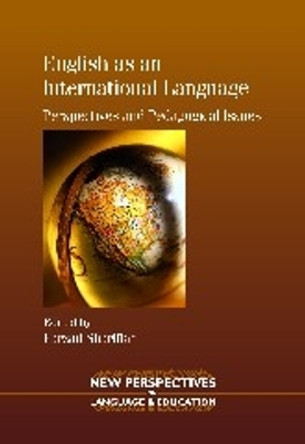Description
Studies of intercultural communication in applied linguistics initially focused on miscommunication, mainly between native and non-native speakers of English. The advent of the twenty-first century has witnessed, however, a revolution in the contexts and contents of intercultural communication; technological advances such as chat rooms, emails, personal weblogs, Facebook, Twitter, mobile text messaging on the one hand, and the accelerated pace of people's international mobility on the other have given a new meaning to the term 'intercultural communication'.
Given the remarkable growth in the prevalence of intercultural communication among people from many cultural backgrounds, and across many contexts and channels, conceptual divides such as 'native/non-native' are now almost irrelevant. This has caused the power attached to English and native speaker-like English to lose much of its automatic domination. Such developments have provided new opportunities, as well as challenges, for the study of intercultural communication and its increasingly complex nature. This book showcases recent studies in the field in a multitude of contexts to enable a collective effort towards advancements in the area.
About the Author
Farzad Sharifian is Professor and Director of the Language and Society Centre at Monash University, Australia. Maryam Jamarani is Associate Lecturer at University of Queensland, Australia, and a research fellow at Monash University, Australia.
Reviews
'Sharifian and Jamarani have assembled a stellar group of scholars writing on the cutting edge of research that synthesizes the combined forces of language, culture, identity, and social media.' - R.S. Zaharna, American University, USA
'Sharifian and Jamarani succeed in presenting a snapshot of current research, and in doing so, reflect the complexity surrounding the issue of intercultural communication, both its scholarly tradition and modern interpretations..While the volume is clearly of interest to academics and students of linguistics or language pedagogy, it is written with accessible clarity that would also allow non- experts in the field to draw a deeper understanding of the main issues.' - Gail AlHafidh, Higher Colleges of Technology
Book Information
ISBN 9781138910836
Author Farzad Sharifian
Format Paperback
Page Count 316
Imprint Routledge
Publisher Taylor & Francis Ltd
Weight(grams) 453g





